Introduction
As a photographer, you know how important it is to have the right equipment for your shoots. You need cameras, lenses, lighting, and more to get the perfect shot. But have you ever considered the impact of photography props on your work? Photography props can enhance your images, provide context, and even make your models more comfortable. In this article, we’ll explore why photography props are so important and what you should consider when choosing them.
What are photography props?
Photography props are objects that are used in photography to add visual interest, tell a story, or set a scene. They can be anything from small items like a vase of flowers or a vintage camera, to larger items like a vintage car or a piece of furniture.
For example, imagine you are taking a photo of a baby. You might use props like a stuffed animal or a pair of tiny shoes to make the photo more interesting and to help tell the story of the baby’s life. Or imagine you are taking a photo of a bride and groom on their wedding day. You might use props like a bouquet of flowers or a vintage car to add visual interest and to help set the scene of the wedding.
Props can also be used in portrait photography to help create a certain mood or style. For example, you might use a vintage suitcase or an old camera to create a vintage or nostalgic feel in your photos. Or you might use a colorful scarf or a set of vintage books to create a bohemian or artistic feel.
In product photography, props are used to give context to the product, showcase the product in use and make the product more appealing. For example, If a company is selling a coffee mug, they might use props like coffee beans, a coffee pot, a notebook and a pen to show the mug in use and to help create a cozy, homey feel.
Overall, props are a great way to add visual interest and tell a story in your photos. They can be used in many different types of photography, from portrait to product photography, and can help create a certain mood or style in your photos.
Some Reasons Why Photography Props are Important
Adding Context to Your Images
Photography props can help add context to your images and make them more interesting. For example, if you’re taking a portrait, a book, a plant, or any other object can add interest to the image and give the viewer a glimpse into the subject’s life. This is especially important for portrait photographers, as you want to show the personality and story of your subject. Props can help you achieve that goal and give your images a personal touch.
Enhancing the Mood of Your Images
Photography props can also help you set the mood of your images. For example, if you’re taking a photo of a person sitting in a chair, a blanket or a pillow can add comfort and a sense of home to the image. If you’re taking a photo of someone reading, a book or a magazine can add a sense of relaxation and calmness. By choosing the right props, you can create a mood that will captivate your audience and make your images more impactful.
Making Models More Comfortable
Finally, photography props can also make your models more comfortable during a shoot. For example, if you’re taking a portrait of someone who’s nervous, a prop like a guitar or a coffee cup can help them relax and feel more at ease. By providing props for your models to hold or interact with, you can make them feel more comfortable and confident, leading to better images.
How to use photography props
From an expert’s point of view, the key to using photography props is to use them sparingly and thoughtfully. Overusing props can quickly clutter a photo and detract from the subject. Instead, it is recommended to choose a few props that complement the subject and the theme of the photo, and use them in a way that enhances the story being told. For example, if the subject is a person, props like hats, glasses, or jewelry can be used to add character and personality. If the subject is a product, props like flowers, fruit, or other complementary items can be used to create a visually appealing display.
In addition to using props thoughtfully, it is also important to consider their placement within the frame. A prop that is positioned too close to the subject can create visual confusion and draw attention away from the main focus of the photo. To ensure that props complement the subject and the overall composition, it is recommended that they be placed in the background or off to the side of the frame. This will provide a visual contrast and help to create depth in the image.
Finally, the expert suggests that photographers experiment with different types of props and use them in different ways to discover what works best for their particular style and subject matter. This might involve trying different lighting techniques or experimenting with different color combinations. With a bit of creativity and attention to detail, photography props can greatly enhance the overall impact of a photo and add an extra layer of visual interest to your images.
How to use photography props
The key to using photography props is to use them sparingly and thoughtfully. Overusing props can quickly clutter a photo and detract from the subject. Instead, it is recommended to choose a few props that complement the subject and the theme of the photo, and use them in a way that enhances the story being told. For example, if the subject is a person, props like hats, glasses, or jewelry can be used to add character and personality. If the subject is a product, props like flowers, fruit, or other complementary items can be used to create a visually appealing display.
In addition to using props thoughtfully, it is also important to consider their placement within the frame. A prop that is positioned too close to the subject can create visual confusion and draw attention away from the main focus of the photo. To ensure that props complement the subject and the overall composition, it is recommended that they be placed in the background or off to the side of the frame. This will provide a visual contrast and help to create depth in the image.
Experiment with different types of props and use them in different ways to discover what works best for their particular style and subject matter. This might involve trying different lighting techniques or experimenting with different color combinations. With a bit of creativity and attention to detail, photography props can greatly enhance the overall impact of a photo and add an extra layer of visual interest to your images. If you still need more clarity, the few steps in the next section should clear this up
How to set up props for photography(Step-by-Step)
Here is a step-by-step guide to help you set up props for your photography:
- Determine the theme or concept of your photoshoot. This will help you choose the appropriate props that will complement your subject and add context to your photos.
- Choose props that are relevant and visually appealing. Make sure that the props you choose are not distracting and add to the overall aesthetic of your photos.
- Consider the background. Make sure that the props you choose complement the background and do not clash with it.
- Arrange the props in a visually pleasing manner. Play around with different arrangements until you find one that works best for your particular photoshoot.
- Use lighting to your advantage. Experiment with different lighting setups to highlight your props and create the desired mood.
- Pay attention to color. Choose props that are cohesive in color and texture to create a harmonious look.
- Consider the perspective. Think about how the props will look from the camera’s perspective and adjust them accordingly.
- Take test shots. Take a few test shots to check the composition and make any necessary adjustments.
Remember, the key to successful prop setup is to keep it simple and make sure that the props complement your subject and add to the overall appeal of your photos. With a little bit of creativity and experimentation, you can achieve stunning results.
How to use photography props
The key to using photography props is to use them sparingly and thoughtfully. Overusing props can quickly clutter a photo and detract from the subject. Instead, it is recommended to choose a few props that complement the subject and the theme of the photo, and use them in a way that enhances the story being told. For example, if the subject is a person, props like hats, glasses, or jewelry can be used to add character and personality. If the subject is a product, props like flowers, fruit, or other complementary items can be used to create a visually appealing display.
In addition to using props thoughtfully, it is also important to consider their placement within the frame. A prop that is positioned too close to the subject can create visual confusion and draw attention away from the main focus of the photo. To ensure that props complement the subject and the overall composition, it is recommended that they be placed in the background or off to the side of the frame. This will provide a visual contrast and help to create depth in the image.
Experiment with different types of props and use them in different ways to discover what works best for their particular style and subject matter. This might involve trying different lighting techniques or experimenting with different color combinations. With a bit of creativity and attention to detail, photography props can greatly enhance the overall impact of a photo and add an extra layer of visual interest to your images.
Types of Photography props
Food photography:
Plates, cutlery, napkins, and tablecloths are all necessary props for food photography to create a complete and realistic setting. Different backgrounds such as wooden or marble can also be used to add visual interest and variety.
Portrait photography:
Chairs, benches, couches, and backdrops are all necessary props for portrait photography to create a comfortable and visually interesting setting. Hats, scarves, glasses, and jewelry can also be used to add a touch of personal style and to help express the subject’s personality.
Newborn photography:
Blankets, baskets, wraps, and props such as stuffed animals or blocks are all necessary props for newborn photography to create a comfortable and safe setting for the baby. These props are also useful to create a variety of poses and shots.
Wedding photography:
Wedding rings, bouquets, invitations, table settings, and family heirlooms are all necessary props for wedding photography to capture the details and emotions of the special day. These props help to tell the story of the wedding day and to create a sense of atmosphere.
Product photography:
Mannequins, forms, white backgrounds, and different surfaces such as wooden or marble are all necessary props for product photography to create a clean and visually interesting setting. These props help to highlight the product and make it stand out.
Landscape photography:
Tripods, filters, polarizing lens, ND filter, Graduated ND filter, remote shutter release, different lenses are all necessary props for landscape photography to create sharp and detailed images. These props are also useful to create a variety of effects and to capture the beauty of the natural world.
Event photography:
Confetti, balloons, signs, decorations, party favors, table settings are all necessary props for event photography to capture the atmosphere and emotions of the event. These props help to tell the story of the event and to create a sense of atmosphere.
Fashion photography:
Clothing, jewelry, shoes, bags, sunglasses, hats, scarves, and backdrops are all necessary props for fashion photography to create a visually interesting and fashionable setting. These props help to highlight the clothing and accessories and to create a sense of style.
Street photography:
Compact Camera, Rangefinder camera, mirrorless camera, film camera, 35mm lens, 50mm lens, 85mm lens, wide angle lens are all necessary props for street photography to capture candid and spontaneous moments of life on the street. These props are also useful to create a variety of effects and to capture the essence of a city or a place.
Our Final Thoughts
As a photographer, it is important that you go above and beyond to present your work in the best way possible, and while props aren’t always needed, it is absolutely necessary to know when to use them. We encourage you to experiment with props takenote of the results if you’re a fairly new photographer trying to find your lane. These types of experiments could be impactful in helping you find your style and ultimately contribute to your career growth.

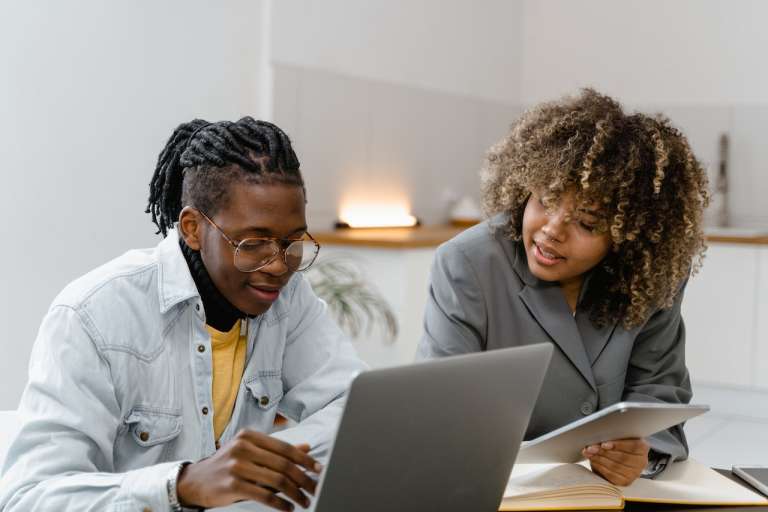
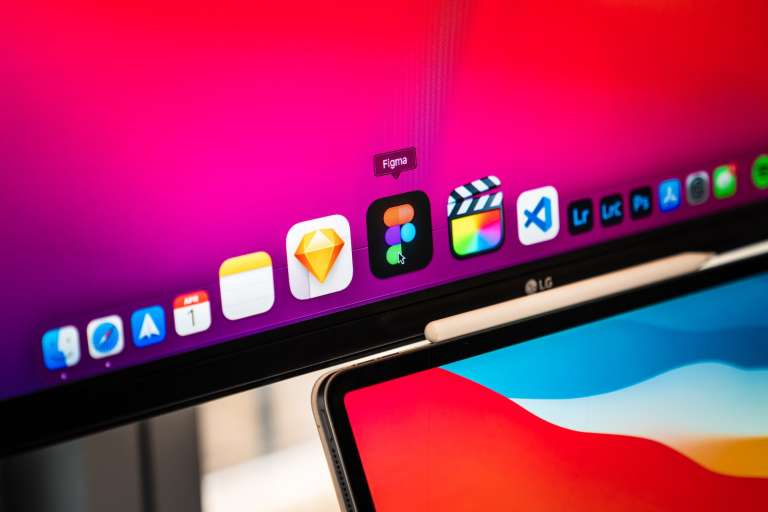
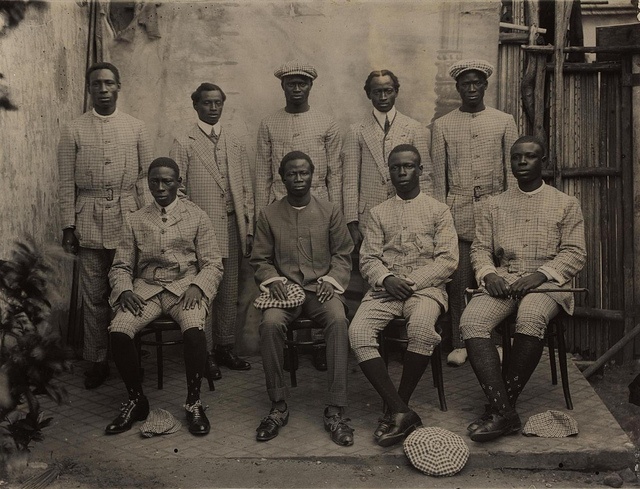
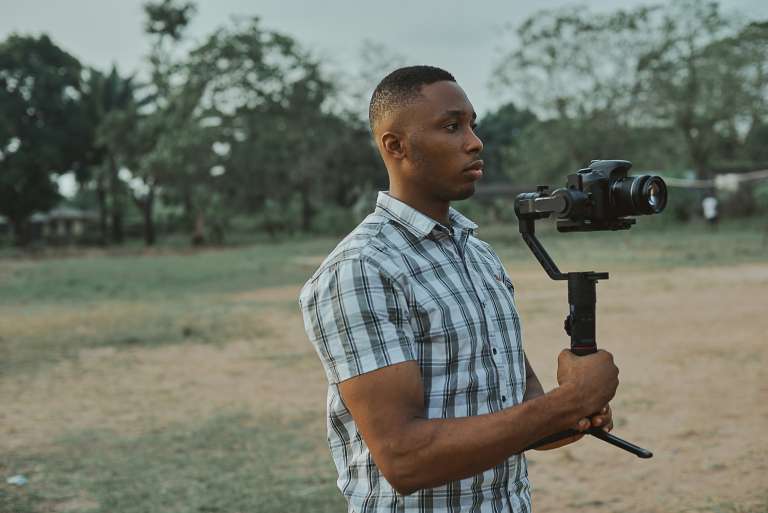
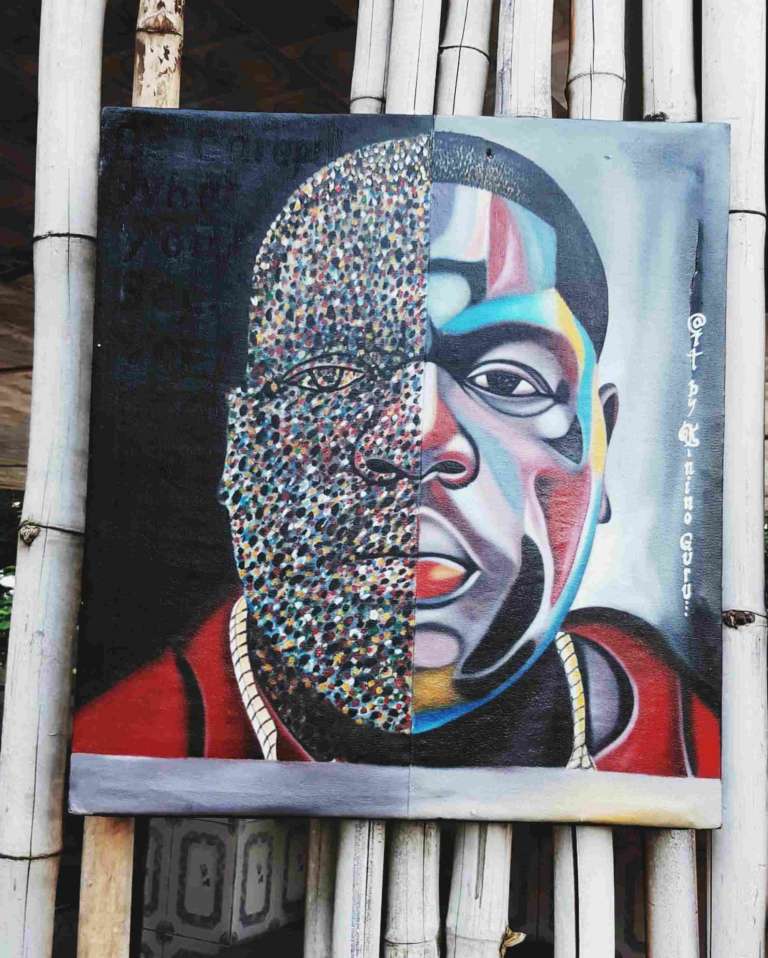
Photography Props and Why They Are so Important